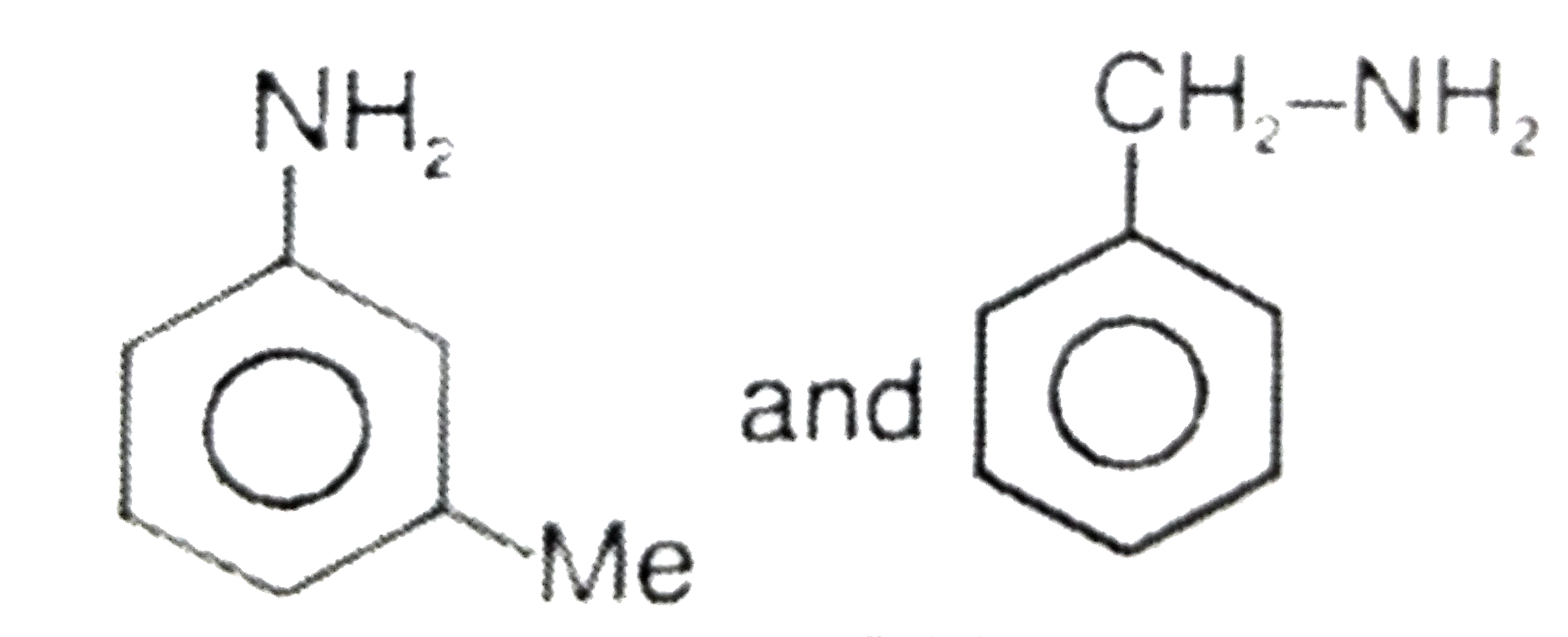1-propanol and 2-propanol can be best distinguished by :
oxidation with alkaline followed by reaction with Fehling's solution
oxidation with acidic dichromate followed by reaction with Fehling's solution
oxidation by heating with copper followed by reaction with Fehling's solution
oxidation with conc. followed by reaction with Fehling's solution
The correct Answer is:C
To distinguish between 1-propanol and 2-propanol, we can follow these steps:
Step 1: Understand the Structure of the Alcohols
1-propanol (CH3-CH2-CH2OH) is a primary alcohol, while 2-propanol (CH3-CHOH-CH3) is a secondary alcohol. The difference in their structure is crucial for their reactivity.
Hint: Identify the type of alcohol (primary or secondary) based on the carbon to which the hydroxyl (-OH) group is attached.
Step 2: Use of Felling's Solution
Felling's solution contains Cu²⁺ ions that can react with aldehydes but not with ketones. When 1-propanol is oxidized, it forms an aldehyde (propionaldehyde), which can react with Felling's solution to produce a red precipitate of Cu₂O.
Hint: Remember that aldehydes react with Felling's solution, while ketones do not.
Step 3: Perform the Reaction
When 1-propanol is heated with copper (at 300°C), it gets oxidized to propionaldehyde. The reaction with Felling's solution will yield a red precipitate, indicating a positive test.
Hint: Heating with copper is a common method to oxidize alcohols; observe the color change for identification.
Step 4: Analyze 2-Propanol
When 2-propanol is heated with copper, it is oxidized to acetone, which is a ketone. Ketones do not react with Felling's solution, so there will be no color change.
Hint: Note that the lack of a reaction with Felling's solution indicates the presence of a ketone.
Step 5: Conclusion
Based on the reactions:
- 1-propanol gives a positive test with Felling's solution (red precipitate).
- 2-propanol gives no reaction with Felling's solution.
Thus, the best method to distinguish between 1-propanol and 2-propanol is by heating with copper followed by testing with Felling's solution.
Final Answer: 1-propanol and 2-propanol can be best distinguished by heating with copper followed by testing with Felling's solution.
---
1-propanol (CH3-CH2-CH2OH) is a primary alcohol, while 2-propanol (CH3-CHOH-CH3) is a secondary alcohol. The difference in their structure is crucial for their reactivity.
Felling's solution contains Cu²⁺ ions that can react with aldehydes but not with ketones. When 1-propanol is oxidized, it forms an aldehyde (propionaldehyde), which can react with Felling's solution to produce a red precipitate of Cu₂O.
When 1-propanol is heated with copper (at 300°C), it gets oxidized to propionaldehyde. The reaction with Felling's solution will yield a red precipitate, indicating a positive test.
When 2-propanol is heated with copper, it is oxidized to acetone, which is a ketone. Ketones do not react with Felling's solution, so there will be no color change.
Based on the reactions:
- 1-propanol gives a positive test with Felling's solution (red precipitate).
- 2-propanol gives no reaction with Felling's solution.
Similar Questions
Knowledge Check
 can be distinguished byAI2+NaOHBNaSO3HCNaCN/HClD2,4-DNP
can be distinguished byAI2+NaOHBNaSO3HCNaCN/HClD2,4-DNPPhenol and cyclohexanol can be distinguished by using :
AFeCl3BNaCPCl3DCH3COClPhenol and benzoic acid can be distinguished by :
Aaqueous NaHCO3Baqueous NaNO3Caqueous NaOHDconc. H2SO4
Propyne and propene can be distinguished by :
View SolutionTwo isomeric ketones , 3- pentanone and 2-pentanone can be distinguished by:
View SolutionTwo isomeric Ketones, 3-pentanone and 2-pentanone can be distinguished by:
View SolutionMethanol and ethanol can be distinguished by
View SolutionBut-1-yne and But-2-yne can be distinguished by :
View Solution

 can be distinguish by
can be distinguish by